Stadium of Light
Explore
Explore Durham Cathedral, a UNESCO World Heritage site and Romanesque masterpiece. Discover its history, St. Cuthbert's shrine, and breathtaking views of Durham City.
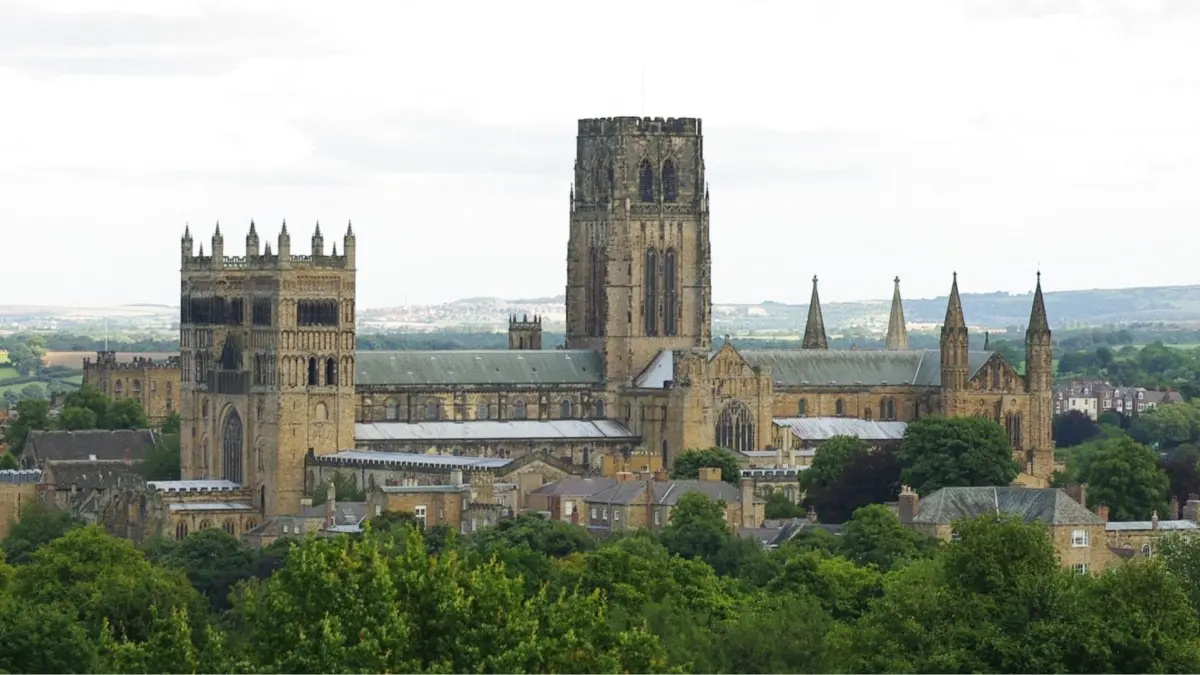
Durham Cathedral, a UNESCO World Heritage site, stands majestically on a rocky promontory above the River Wear in Durham, England. Built in 1093, this Norman masterpiece is one of the finest examples of Romanesque architecture in Europe. Renowned for its breathtaking design and spiritual significance, the cathedral houses the relics of St. Cuthbert and the Venerable Bede, two of England's most revered saints. Its historic and architectural importance has made it a popular pilgrimage site and one of the UK’s top attractions.
Inside the cathedral, visitors can marvel at its soaring columns, stunning ribbed vaulting, and intricate stone carvings. The Galilee Chapel, with its unique architecture, houses the tomb of the Venerable Bede, while the Shrine of St. Cuthbert offers a peaceful space for reflection. The cathedral’s library and collections also provide fascinating insights into its history, showcasing ancient manuscripts and religious artifacts. A climb to the top of the central tower rewards visitors with panoramic views of Durham City and the surrounding countryside.
Durham Cathedral is not only a place of worship but also a vibrant cultural hub, hosting concerts, exhibitions, and seasonal events throughout the year. Its tranquil cloisters were famously featured in the Harry Potter films, adding a touch of cinematic magic. Combined with the beauty of its surrounding medieval city, Durham Cathedral offers an unforgettable experience, blending history, spirituality, and culture in one extraordinary location.
A tranquil and sacred space within the cathedral, housing the relics of St. Cuthbert, an important figure in England’s religious history.
Known for its distinctive architecture and as the final resting place of the Venerable Bede, this chapel is a highlight for history enthusiasts.
Climb the central tower for breathtaking views of Durham City and the rolling hills of the surrounding countryside.
These peaceful cloisters, featured in the Harry Potter films, offer a magical atmosphere and a glimpse into monastic life.
Marvel at the cathedral’s iconic Norman design, with its soaring columns, ribbed vaulting, and intricate stone carvings.
Why not make a weekend of it? Explore Nearby Attractions. Scroll to zoom in or out on map.
Curious about Durham Cathedral? We've compiled answers to the most frequently asked questions to help you uncover the highlights and visitor essentials.
Durham Cathedral was founded in 1093 and is celebrated as one of Europe’s finest examples of Norman architecture. It was built to house the relics of St. Cuthbert and has been a site of pilgrimage for centuries.
Yes, St. Cuthbert's Shrine is located within the cathedral and is a peaceful and spiritually significant space for reflection.
Durham Cathedral is famous for its stunning Romanesque architecture, the relics of St. Cuthbert and the Venerable Bede, and its central role in both religious history and popular culture.
Yes, visitors can climb the central tower for spectacular panoramic views of Durham City and the surrounding countryside.
Nearby attractions include Durham Castle, the Botanic Garden, and the picturesque riverside walks along the River Wear.
Make your trip unforgettable by exploring these nearby attractions during your visit.
 Sunderland
Sunderland
 Great Ayton
Great Ayton
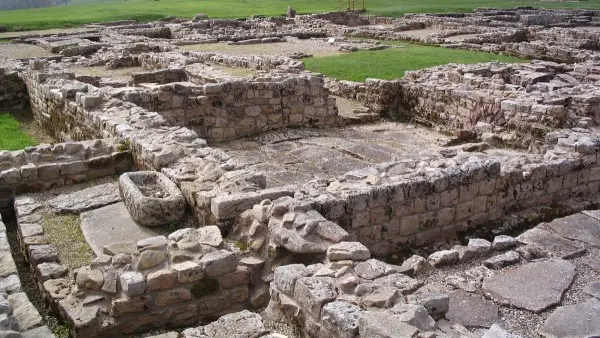 Hexham
Hexham
 Barnard Castle
Barnard Castle
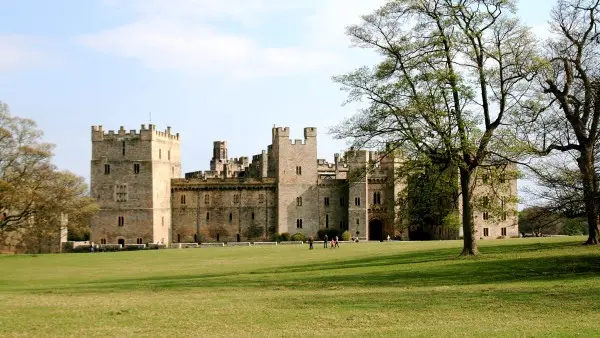 Darlington
Darlington
 Sunderland
Sunderland
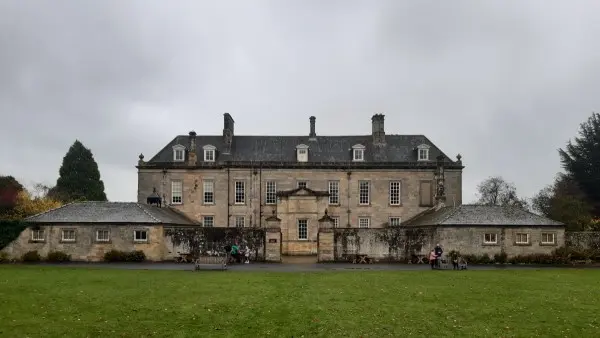 Morpeth
Morpeth
 Holy Island
Holy Island
 Hexham
Hexham
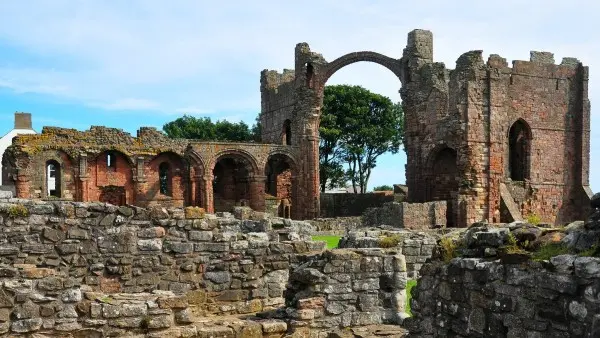 Holy Island
Holy Island
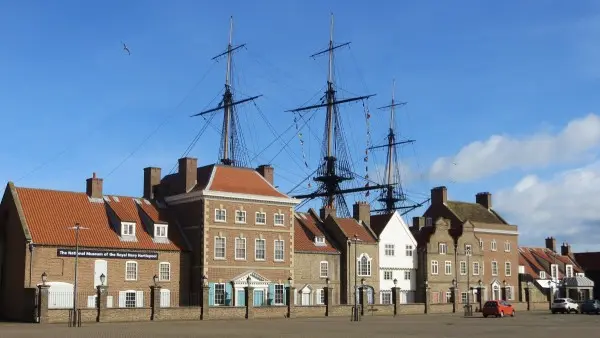 Hartlepool
Hartlepool
 Newcastle
Newcastle